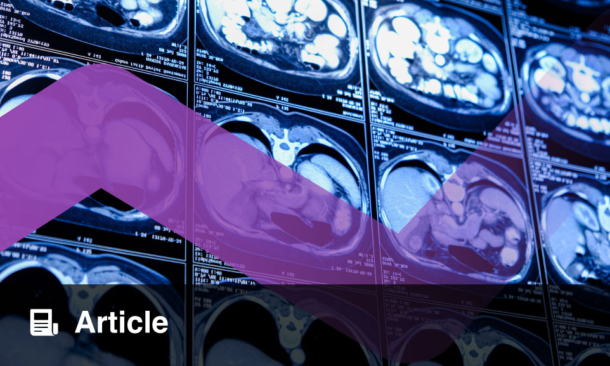A NEW study has demonstrated that AI can accurately assess heart disease risk by analysing CT scans, offering a potential boost to the diagnostic and prognostic power of cardiac imaging. Researchers developed a deep learning (DL) model that automatically quantified myocardial blood flow (MBF) and identified the percentage of ischaemic myocardial volume (IMV ), providing clinicians with a precise, automated tool to assess ischaemia burden. Crucially, the IMV percentage was shown to independently predict major adverse cardiovascular events (MACE), making it a valuable addition to existing cardiovascular risk stratification methods.
To create and validate the model, investigators conducted a multicentre study involving three patient cohorts who had undergone clinically indicated dynamic CT myocardial perfusion imaging and coronary CT angiography. The model was trained on data from 211 patients, validated in 57, and tested on 90. Diagnostic accuracy was assessed using an external retrospective cohort, while prognostic performance was evaluated using a prospective cohort. The performance of MBF derived from the DL model (MBF_DL) was compared against existing methods, including CT-derived fractional flow reserve and diameter stenosis.
The study included a total of 1108 patients. The MBF_DL demonstrated strong agreement with expert manual assessments (segment-level intraclass correlation coefficient = 0.928; 95% CI: 0.921–0.935). In vessel-based analysis, MBF_DL outperformed both CT-derived FFR (AUC: 0.97 vs 0.87; p=0.006) and diameter stenosis (AUC: 0.97 vs 0.79; p<0.001) in identifying functionally significant coronary lesions. Over an average follow-up of 39 months, 14.2% of 660 patients experienced MACE. IMV percentage emerged as an independent predictor of events (hazard ratio [HR]: 1.12; p=0.003), with a modest but statistically significant improvement in risk prediction beyond conventional measures (C index: 0.86 vs 0.84; p=0.02).
These findings highlight the growing role of AI in clinical cardiology, particularly in automating complex diagnostic tasks and refining risk stratification. While the prognostic improvement was modest, the DL model adds value by delivering reproducible, high-quality analysis with minimal human input. Limitations include the need for broader validation across diverse populations and further studies to assess clinical impact in real-world settings. Nonetheless, this approach may help streamline decision-making in cardiac care and guide treatment planning more effectively.
Reference
Yu J et al. Deep Learning–based Quantitative CT Myocardial Perfusion Imaging and Risk Stratification of Coronary Artery Disease. Radiology. 2025;DOI: 10.1148/radiol.242570.








